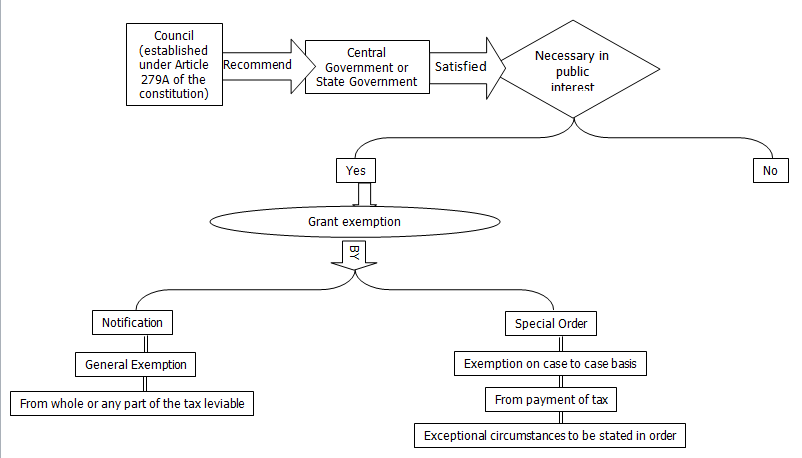HSN Code / SAC under GST
What is HSN?
HSN stands for harmonised System of nomenclature. The HSN is the codification of all tradable commodities into 20 broad sections with each chapter containing commodity of similar nature.
As we know that same commodity when traded across the geographical boundaries, are known by different names due to lingual differences. Now in IT enabled multi national trade a unique code is given to each class of tradable commodity based on its nature and usages. This classification and codification is known as HSN code a that commodity.
What is SAC?
Similarly in case of services, for each class when traded across different lingual unified code is given for recognition, measurement and taxation of each class of services.
Role of HSN / SAC under GST:
- Classification:
HSN (Harmonised System of Nomenclature) code shall be used for classifying the goods under the GST regime.
Taxpayers whose turnover is above Rs. 1.5 crores but below Rs. 5 crores shall use 2 digit code.
The taxpayers whose turnover is Rs. 5 crores and above shall use 4 digit code.
Taxpayers whose turnover is below Rs. 1.5 crores are not required to mention HSN Code in their invoices.
Services will be classified as per the Services Accounting Code (SAC).
- Use as description of items in invoices in the online return of GST network:
In fact description of goods sole will not be added on invoice and uploaded in the returns. Only HSN code in respect of supply of goods and Accounting code in respect of supply of services will have to be fed.
The minimum number of digits that the filer will have to upload would depend on his turnover in the last year.
- Use as UID of each transaction of each line item:
GSTN will not generate any new identification. The combination of Supplier’s GSTIN, Invoice no and Financial year with HSN/SAC Code will make each line unique.
Few points to be consider while classifying article in HSN code list:
Rule 1: Classification shall always be done based on the reference given in heading. The section, chapter name or sub chapter names are always irrelevant.
Rule 2: If term of heading is not conclusive, classification shall be done on the basis of section note and chapter notes.
Rule 3: An article shall include that article in un-complete, un-finished form. Similarly, A material or substance shall also include a mixture or a combination of that material.
Rule 4: Specific description shall always prevail over general heading.
Rules 5: Packing material shall be classified with the article / material for which they are made.
